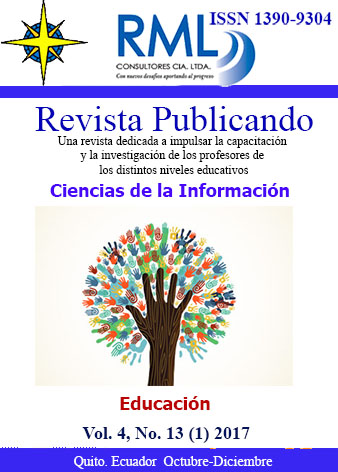Resumen
The problem of comprehension of the essential in human "I" is discussed in the article as a phenomenon of the writer's psychology on the example of two images of the Russian novelist Leo Tolstoy's "Anna Karenina" – Stiva Oblonsky and Konstantin Levin. Intuitive feeling of living as the expression of the essential combines two images taken by us, the mouthpieces of the two views on life in general, and on family in particular. Stiva Oblonsky and Konstantin Levin in the writer's conception of the philosophy of life by L. Tolstoy are the carriers of two forms of national family life. The characteristic of essential in the human "I" of Stiva Oblonsky and Konstantin Levin provides the capability to detect semantic references in the texts of L. Tolstoy and the German philosopher of the 20th century M. Heidegger, as both thinker understand the contents of the human "I" as a universal component of personality, which is the main criterion in the evaluation of a person, his thoughts and actions. Inter-textual analysis of "Anna Karenina” by L. Tolstoy and of the separate artistic and philosophical works of Heidegger has shown that the philosophy of life of Konstantin Levin, written by L. Tolstoy, resonantly echoes with the philosophy of "the pathway" of the German philosopher M. Heidegger.
Referencias
Bergson A. 2001.Creative evolution. – M.: Terra-Book club, 384 p.
Bergson A. 2010. Selected. Consciousness and life. – M.: ROSSPEN, 399 p.
Heidegger, M. The origin of art and the purpose of the thought // Heidegger M. Works and reflections of different years / Transl. from Germ. – Moscow: Gnosis, 1993.- P. 280-292.
Heidegger, M. 2010. Off the Beaten Track. Edited and Translated by Julian Young and Kenneth Haynos. Cambridge University Press, pp: 304.
Heidegger M. 1993.The Creative landscape: why do we stay in the provinces? // Heidegger M. Works and reflections of different years / Transl. from Germ. – Moscow: Gnosis, P. 218-221.
Heidegger, M. 2012. Contributions to Philosophy (of the Event). Translated by Richard Rojcewicz and Daniela Vallega-Neu. Bloomington: Indiana University Press, pp: 433.
Heidegger, M. 1996. Being and Time. Translated by Joan Stambaugh. Albany: State University of New York, pp: 487.
Heidegger, M. 1973. Art and Space: Man and Word: An International Philosophical Review 6 (1), pp: 3-8.
Sayapova A.M., Arsenteva E.F. 2014. Onthological essence of Vyacheslav Ivanov”™s symbolic hermeneutics in the context of Martin Heidegger”™s philosophy: Life Science Journal 11 (6), pp. 560-564.
Veresaev V. V. 1991.Life live. About Dostoevsky and L. Tolstoy: Apollo and Dionysus (Nietzsche). – M.: Politizdat, 336 p.
Usted es libre de:
Compartir — copiar y redistribuir el material en cualquier medio o formato
Adaptar — remezclar, transformar y construir a partir del material
La licenciante no puede revocar estas libertades en tanto usted siga los términos de la licencia
Bajo los siguientes términos:
Atribución — Usted debe dar crédito de manera adecuada, brindar un enlace a la licencia, e indicar si se han realizado cambios. Puede hacerlo en cualquier forma razonable, pero no de forma tal que sugiera que usted o su uso tienen el apoyo de la licenciante.
NoComercial — Usted no puede hacer uso del material con propósitos comerciales.
CompartirIgual — Si remezcla, transforma o crea a partir del material, debe distribuir su contribución bajo la lamisma licencia del original.
